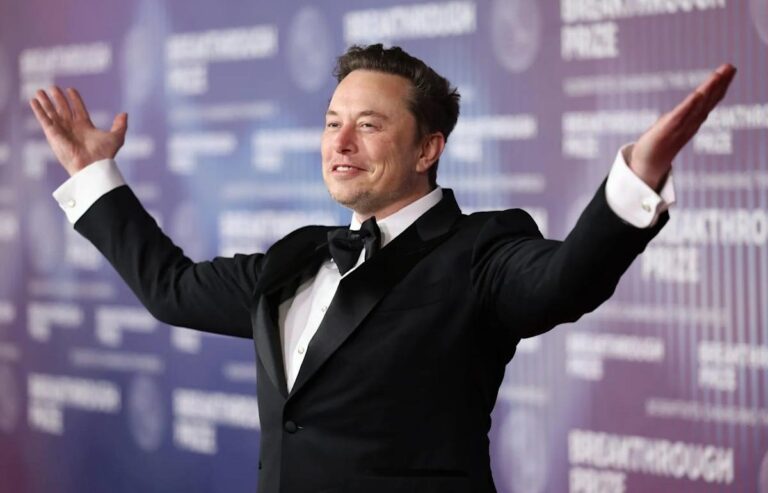Tesla has reported a dramatic 71% drop in net income, marking one of its steepest earnings declines in recent history. The electric vehicle giant, long celebrated for its innovation and profitability, is now facing serious questions about its financial health and direction. Investors were met with a jarring reality in the latest earnings report, where revenue stagnation and shrinking margins painted a picture far removed from the company’s prior momentum. For a company that once promised ever-ascending growth and technological disruption, the numbers reflect a company at a critical crossroads.
Much of this decline can be traced back to a mix of internal challenges and broader market headwinds. Slowing demand for electric vehicles globally, particularly in key markets like China and Europe, has begun to bite. Additionally, rising competition from both established automakers and new players is squeezing Tesla’s market share. Price cuts, once a strategy to boost sales volume, are now putting pressure on profit margins, raising concerns about the long-term sustainability of this approach. The earnings slide has underscored how vulnerable Tesla is becoming to the very market forces it once seemed poised to dominate.
Elon Musk, Tesla’s outspoken CEO, didn’t shy away from acknowledging the rough waters. During the company’s earnings call, he recognized a wave of backlash that has been brewing—not just around the company’s product decisions or financial results, but around his own public behavior and statements. Critics have increasingly pointed to Musk’s controversial presence on social media as a distraction and a potential liability. This growing scrutiny seems to be bleeding into public perception and investor sentiment, prompting questions about leadership focus and strategic priorities at a time when the company needs a steady hand.
Beyond leadership dynamics, Tesla is also navigating operational challenges. Delays in the rollout of key models and supply chain hiccups have weighed on production efficiency. Meanwhile, the much-hyped Cybertruck remains in limited production, and excitement around new product announcements has cooled. As competitors roll out compelling alternatives with advanced features and more affordable price points, Tesla’s once-unquestioned lead in EV innovation is now under pressure. The company’s need to innovate without compromising profitability is becoming a tougher balancing act with each passing quarter.
Looking ahead, Tesla’s road to recovery will depend heavily on its ability to refocus, rebuild trust, and reconnect with both customers and investors. That includes not only delivering on its product promises but also projecting a clearer, more stable vision for the future. As the EV landscape continues to evolve, Tesla must grapple with its growing pains and adapt with resilience. Whether this is a temporary setback or a signal of deeper structural challenges remains to be seen—but one thing is clear: the next few quarters will be pivotal in shaping Tesla’s narrative moving forward.



